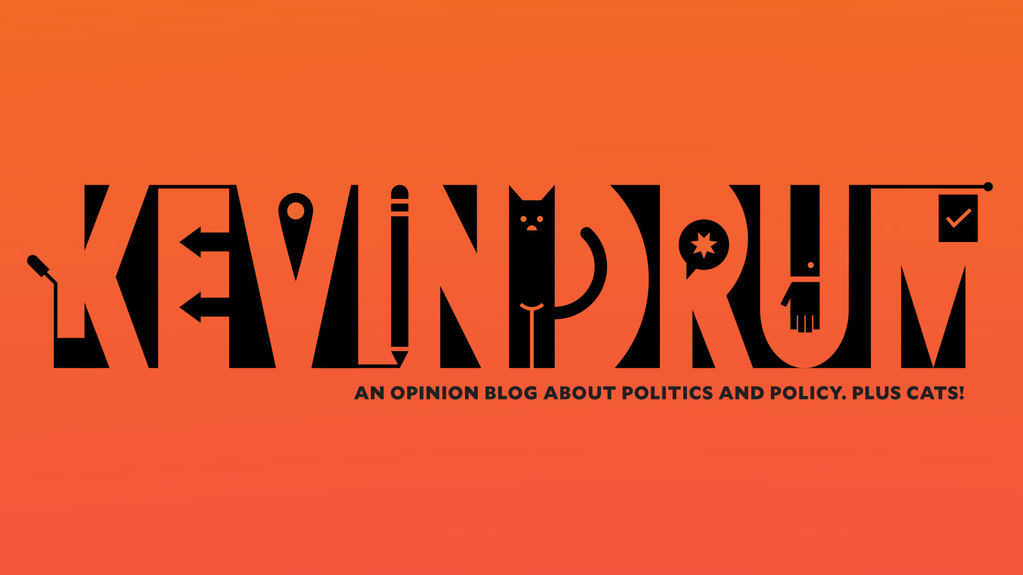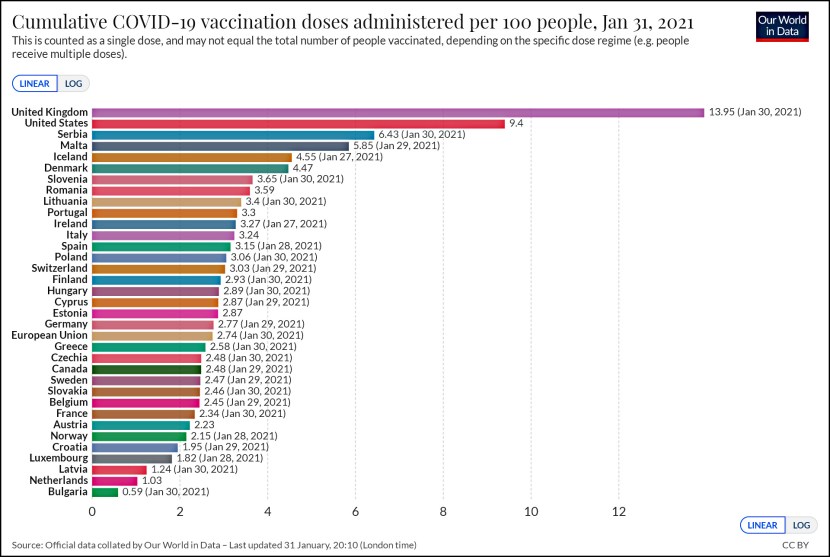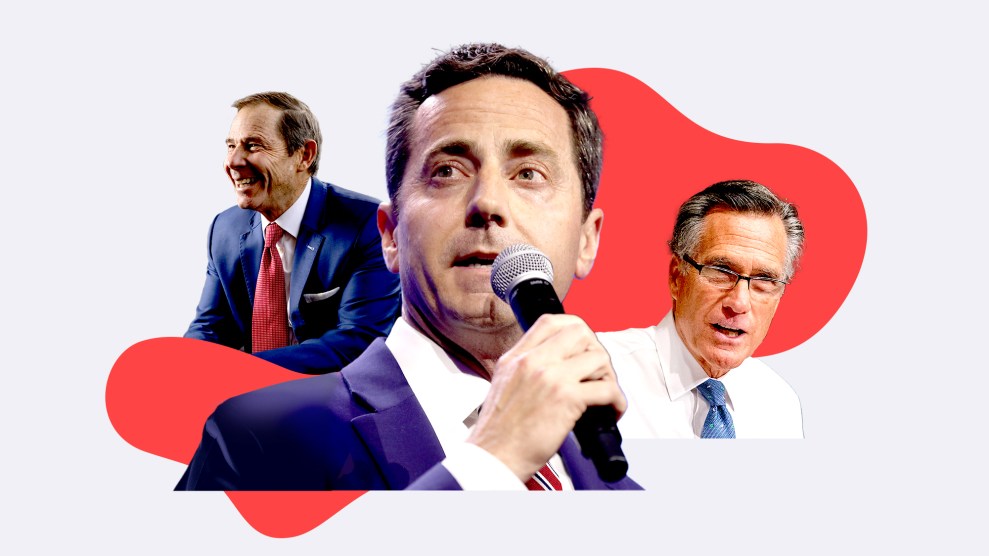Violent crime in New York City has dropped 75 percent since the early 90s. The most common explanations include the introduction of “broken windows” policing in 1994, which focuses on stopping small crimes before they spiral into big ones; hot spot policing implemented via the CompStat system; more cops on the street; and higher incarceration rates. David Greenberg of NYU took a look at all of these explanations and found them wanting:
The study, which appears in the journal Justice Quarterly, did not find a link between arrests on misdemeanor charges and drops in felonies, such as homicides, robberies, and assaults….The analysis also showed no relationship between the number of police
officers per capita at the precinct level and the reduction of violent crime, nor did it find a link between admissions to prison and violent crime rates….The analysis showed that violent crime rates (homicide, aggravated assault, forcible rape, and robbery) and property crime rates did not significantly decrease after the implementation of CompStat—in fact, both continued on a consistent downward slope beginning in the early 1990s.
These are all topics that have been the subject of considerable debate for years, and since I don’t have access to the full paper, I can’t assess how good Greenberg’s methodology is. Nonetheless, I suspect that he’s more right than wrong. Even if all these things had some effect, the evidence mostly suggests the effect is nowhere big enough to account for the huge drop in crime that New York has seen. Still:
“The decline in crime was a real one during this period, but the question is ‘Why?’ ” said Greenberg, adding that many other major cities, including San Diego and Los Angeles, experienced similar reductions during this period.
Yep. And Canadian cities too. Plus cities in Britain, Germany, Australia, and Finland. Broken windows policing certainly can’t explain that. But I assume that all loyal readers of this blog know what can. Right?

















